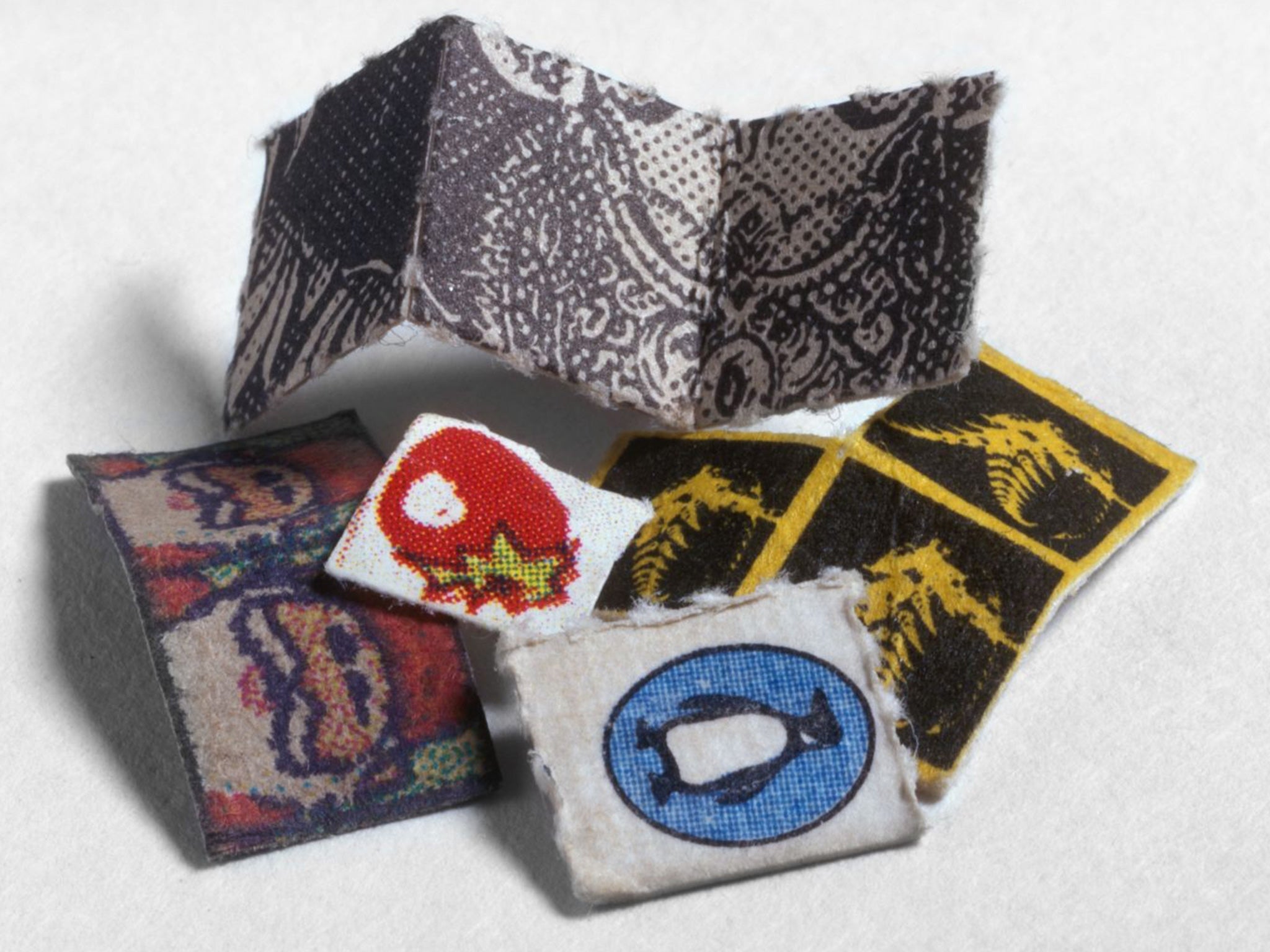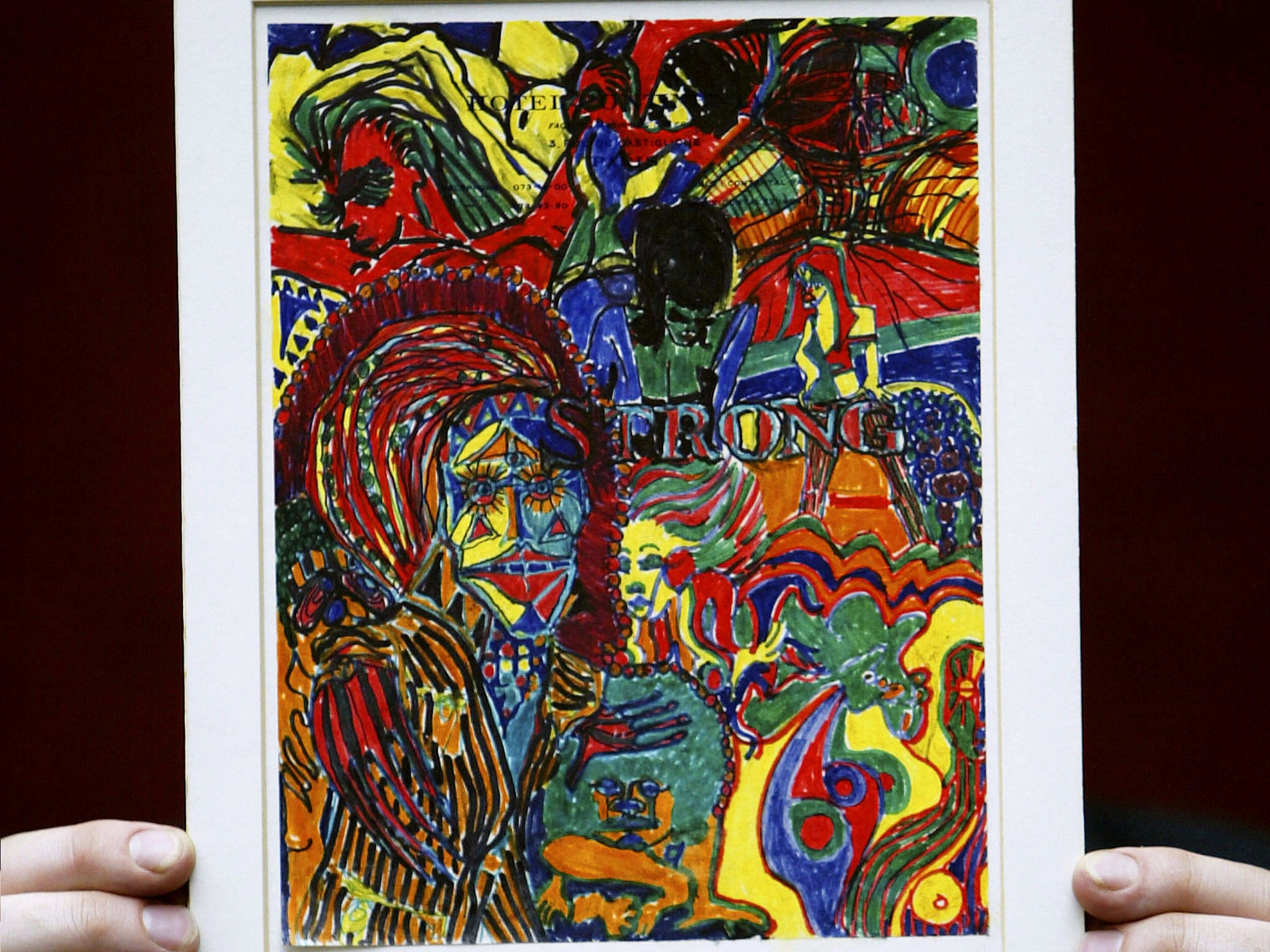LSD: Speaking to volunteer users of the drug as trials get underway to see if it cures depression and addiction
In recent years, scientists have begun to revisit the potential of the drug as a psychotherapeutic tool

Your support helps us to tell the story
From reproductive rights to climate change to Big Tech, The Independent is on the ground when the story is developing. Whether it's investigating the financials of Elon Musk's pro-Trump PAC or producing our latest documentary, 'The A Word', which shines a light on the American women fighting for reproductive rights, we know how important it is to parse out the facts from the messaging.
At such a critical moment in US history, we need reporters on the ground. Your donation allows us to keep sending journalists to speak to both sides of the story.
The Independent is trusted by Americans across the entire political spectrum. And unlike many other quality news outlets, we choose not to lock Americans out of our reporting and analysis with paywalls. We believe quality journalism should be available to everyone, paid for by those who can afford it.
Your support makes all the difference.LSD is often associated with trippy songs such as “Lucy in the Sky with Diamonds”, “Purple Haze” and “Yellow Submarine”. But before it became the drug of choice for the 1960s counterculture, lysergic acid diethylamide had a previous existence – as an experimental medicine for a broad spectrum of psychological problems ranging from depression and addiction, to schizophrenia and obsessive compulsive disorder.
Before the drug was banned – for recreational use in 1966, and medical use in 1973 – dozens of studies, of varying degrees of scientific rigour, had taken place in Europe and America. Some of the findings were promising, but unreliable.
But in recent years, scientists have begun to revisit the potential of the drug as a psychotherapeutic tool. Studies in Switzerland have suggested it could alleviate anxiety experienced by the terminally ill, and last week the BMJ carried an article by a leading psychiatrist calling for the drug’s legal status to be downgraded to make it easier to study in the lab.
Research in the UK is being spearheaded at Imperial College London by a team co-led by the former government drugs adviser, David Nutt. His team is the first in the world to use modern brain scanners to observe the effects of LSD on 20 volunteers.
“The therapeutic potential could emerge if we see changes in the brain which would rectify abnormalities, for instance in addiction, in depression,” said Professor Nutt. “It would give a rationale for resurrecting some of the old work that LSD was used for, particularly with addiction.”

The findings will be published in the autumn, but three (abridged) personal accounts of the first people in the world to have their brains scanned while on LSD can now be published for the first time.
The volunteer users
Tom
Colours started to appear much brighter, and solid surfaces began to breathe and ripple. I was soon inside the scanner, where the electronic bleeps and white noise became hypnotically entrancing.
Time seemed irrelevant, so I’m not sure how long it was before I was gently taken out and found myself in a bright, white, starkly lit clinical suite, being asked about my experience by the researchers. The LSD was at its peak and I thought that I would struggle to string together coherent sentences.
However I soon discovered that I could express myself in what was probably quite a pseudointellectual way, talking about hearing wind chimes within the silences and how the experience was like peeling away layers of an onion, allowing myself to go deeper into the hallucinogenic experience.
My only concern leading up to this day was wondering how it would feel to have such an experience in a sterile, clinical setting without the camaraderie and shared experience of your mates, and without the visual and auditory stimuli of being in a club or lying in a field somewhere. On the contrary, this actually allowed me to focus on my experience in much more detail and to come away feeling ever so slightly more enlightened because of it.
Timothy
I experienced an almost overwhelming array of emotions, but all were experienced constantly and concurrently.
It was as if the entire “spectrum” of emotional possibilities was presented at any given instant, in exactly the same way that the spectra of possible colours were presented for visual stimuli.
There was little (if any) time to fully explore them all, which at times became confusing. Despite being very intense and unusual, the range of experiences somehow felt very familiar; because I’ve experienced them before (as a child?), or because they formed an inherent part of everyday experience (or dreams?) that I do not normally have conscious access to, but am somehow aware of.
Toby
My experience transcended the limiting duality of good trip/bad trip and asks as many questions as it answers.
I felt as if I’d entered a mansion with endless windows looking out on to multiple vistas – the mansion was the breadth and history of the human mind itself.
I was soon voyaging into an inner cosmos free from the concerns of ordinary existence. Flying blissfully over vast, rich landscapes I began to accept aspects that in normal consciousness are hard to fathom.
Then the topography changed to a luminescent, moon-like site of my entire life-story. Flying in and out of various memory pods within the terrain facilitated a kind of omniscient perspective on my own existence.
LSD catalyses material that is present in the unconscious and when I closed my eyes again images burst like flashbulbs, including a particular, private memory I’d long forgotten.
I also had the vivid recollection of a recurring childhood nightmare: the exact dreamscape from distant childhood opened up within me, and I found myself standing before a giant chessboard having to make a move which would have eternal consequences.
My ego dissolution experience was at first a blissful existential phase of apocalyptic clarity, but it soon became nightmarish.
Yet it is the loosening of an ego-fixated perspective, and the emerging Jungian shadows of the unconscious that contain the conflicts at our core. To confront these hidden maladies may be the key to our growth.
A therapeutic environment with a counsellor and a well-prepared patient could work with a single dose of LSD to address ingrained patterns and behaviours and dynamically navigate this terrain.
Join our commenting forum
Join thought-provoking conversations, follow other Independent readers and see their replies
Comments